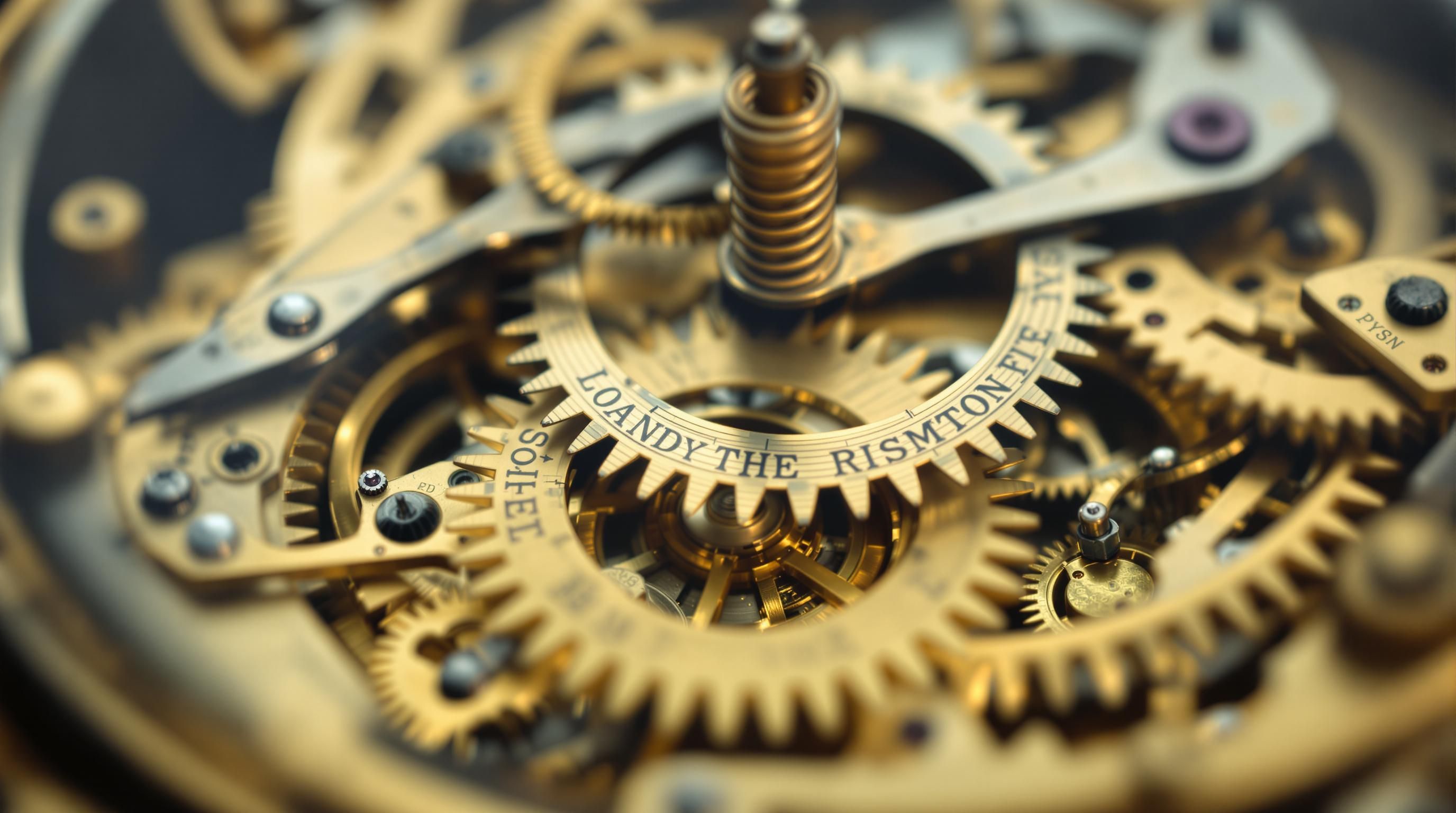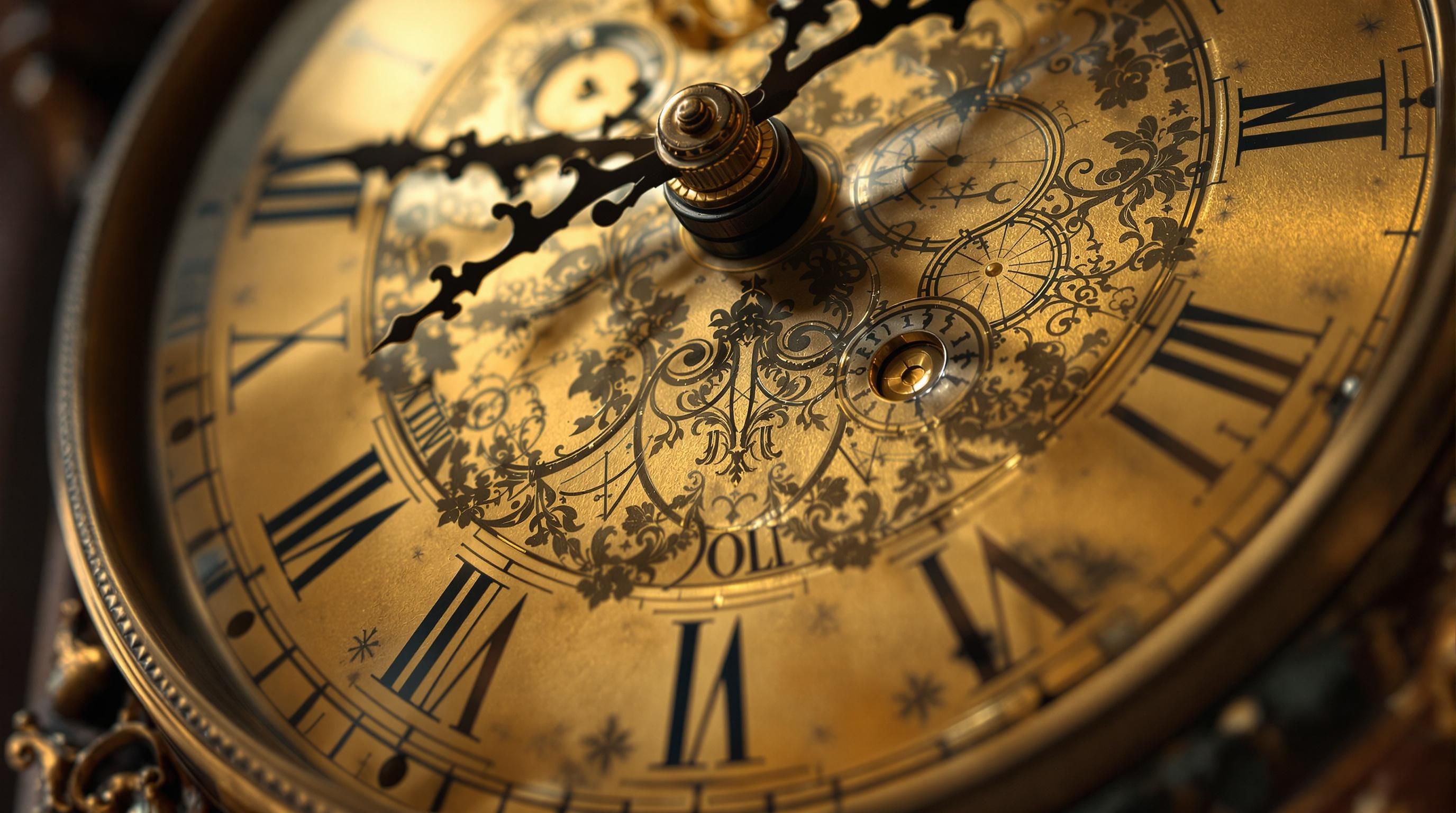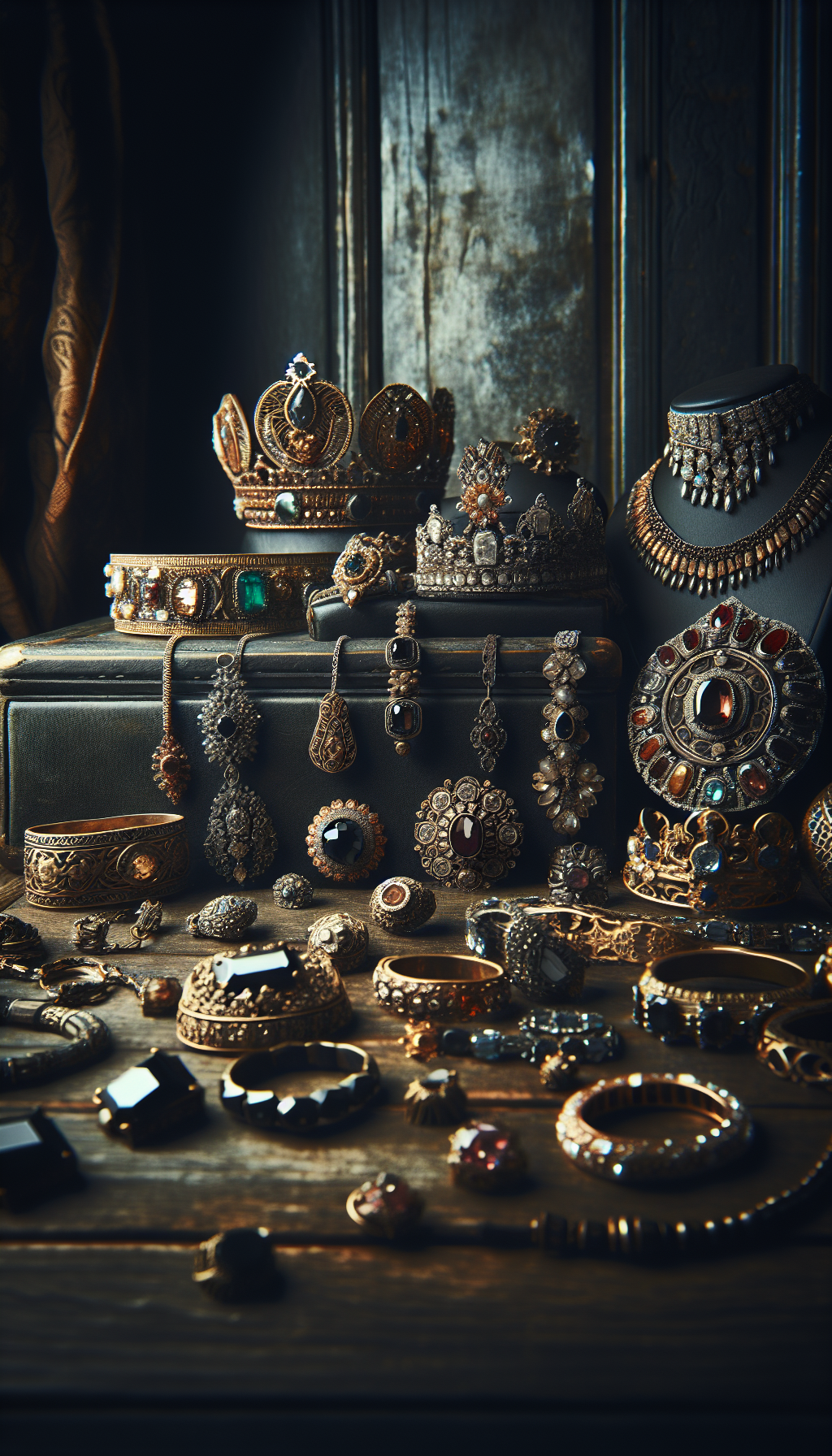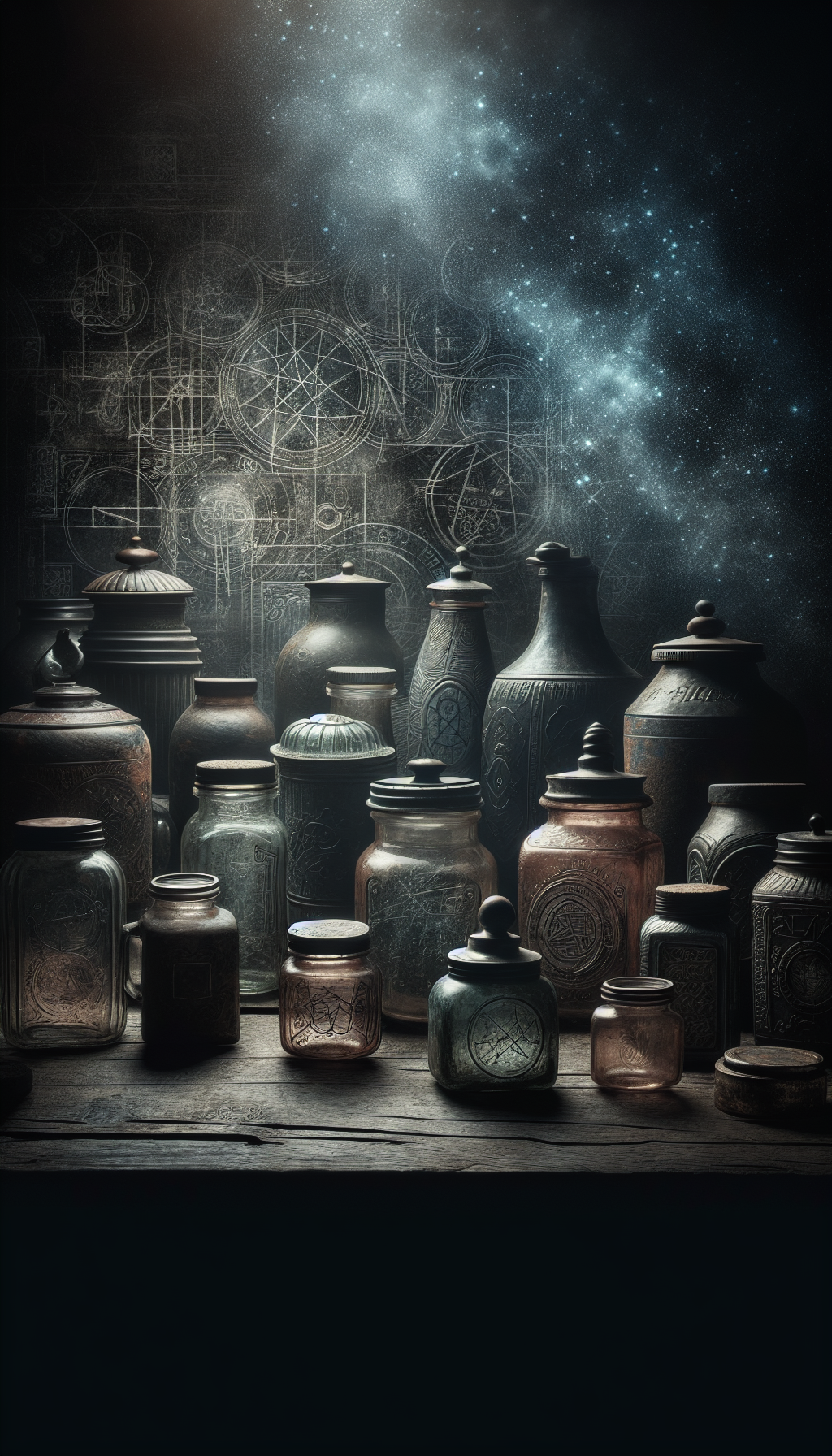Grandfather clocks, also known as longcase or tall case clocks, are timeless treasures that have adorned homes for centuries. These stately timepieces often represent significant investments, cherished heirlooms, and important historical artifacts. Whether you’ve inherited a grandfather clock, discovered one at an estate sale, or are simply fascinated by these magnificent antiques, knowing how to properly identify and authenticate them is essential.
This comprehensive guide will walk you through the key aspects of antique grandfather clock identification. We’ll explore the techniques experts use to determine age, maker, value, and authenticity—equipping you with the knowledge to understand your clock’s history and worth.
Why Identification Matters
When it comes to antique grandfather clocks, accurate identification is crucial for several reasons:
Valuation accuracy: Without proper identification, it’s impossible to determine a clock’s true worth in the marketplace.
Restoration guidance: Knowing the maker and period helps ensure historically accurate repairs and restoration.
Authentication: Distinguishing between genuine antiques and quality reproductions affects both monetary value and historical significance.
Provenance documentation: Establishing a clock’s history increases its appeal to collectors and museums.
Key Facts About Antique Grandfather Clocks
Examining the Case: Style and Period Indicators
The case is often the first clue in identifying an antique grandfather clock. While movements may have been manufactured separately from the case (a common practice), the case style can provide valuable dating evidence.
Case Styles Through the Centuries
Early Period (1650-1725):
- Flat tops or hoods that slide forward for access
- Limited decoration with architectural elements
- Often made from oak or walnut
- Square plinths (bases)
Mid-Georgian Period (1725-1780):
- Broken arch or pagoda-style tops
- More ornate carvings and decoration
- Mahogany becomes popular
- Common use of brass finials
Late Georgian/Victorian Period (1780-1900):
- Greater variety of woods (including imported varieties)
- Highly decorative elements reflecting neoclassical or Gothic styles
- Painted dials become common
- Larger, more imposing proportions
Regional Case Characteristics
Different regions developed characteristic styles that can help identify a clock’s origin:
- English: Often feature brass dials, swan-neck pediments, and quarter columns on the hood
- American: Typically simpler in design with painted dials and wooden movements in earlier examples
- German: Known for distinctive Black Forest styles with rich carvings
- Scottish: Often taller and narrower than English counterparts
According to research from the NAWCC (National Association of Watch and Clock Collectors), examining the proportions and decorative elements of a case can significantly narrow down the date and region of manufacture. Their forums at mb.nawcc.org are valuable resources for clock enthusiasts seeking identification help.

Deciphering the Dial and Movement
The clock’s dial and movement are where you’ll often find the most definitive evidence for identification. Let’s examine what to look for:
Dial Evolution and Features
The dial of a grandfather clock evolved significantly over time, providing excellent clues for dating:
Early brass dials (pre-1770s):
- Square brass dial with winged cherub (spandrel) decorations
- Roman numerals
- Single hour hand in the earliest examples
- Maker’s name often engraved at the bottom
White painted dials (post-1770s):
- Became popular in the late 18th century
- Often featured decorative scenes or floral motifs
- More elaborate minute markers
- Sometimes included calendar or moon phase complications
As noted by Clock Corner, “Roman numerals have always been the norm for grandfather clock dials, with the half hour mark represented by a cross with an arrow head until the early 19th Century, and later by a simple dash mark.” This detail can help determine if your clock is pre or post-1800. You can learn more about these dial characteristics at Clock Corner’s website.
Movement Examination
The clock’s movement provides crucial identification evidence:
- Look for signatures: Often engraved on the backplate or face of the movement
- Check for serial numbers: May be stamped on plates or hidden in less obvious locations
- Note the striking mechanism:
- Hour strike only (earliest clocks)
- Hour and half-hour strike
- Quarter-hour strike (more sophisticated)
- Musical chimes (Westminster, Whittington, etc.)
According to Clockworks, “The movement number usually tells us the way the clock chimes, the location of the chime hammers, if it’s weight or spring driven and much more.” This information is invaluable for identification, as detailed on their website Clockworks.com.
Grandfather Clock Movement Assessment
Use this checklist to evaluate your clock's movement condition
- Movement plates are clean with no excessive corrosion
- All wheels and gears are present and intact
- Pendulum rod is straight and suspension spring is intact
- Weights are original and appropriate for the movement
- Strike train functions correctly through all hours
- Movement bears maker's signature or serial numbers
Identifying Maker's Marks and Signatures
Finding a maker’s mark or signature is often the most direct way to identify your grandfather clock. Here’s where to look and what to expect:
Common Locations for Maker’s Marks
- Clock face: Often prominently displayed at the center bottom of the dial
- Movement backplate: Frequently engraved on the brass plate
- Inside the case: Sometimes found on the hood or inside the trunk
- Paper labels: Later clocks may have paper labels inside the case
- Seat board: The wooden board that holds the movement may have marks
According to Westland London, “Serial numbers, patent marks and trademarks can all serve as major clues in the antique clock identification process.” Their guide at westlandlondon.com offers detailed insights into deciphering these marks.
Famous Clock Makers to Look For
Identifying a clock made by a renowned maker can significantly impact its value:
English Makers:
- Thomas Tompion (1639-1713)
- George Graham (1673-1751)
- Thomas Mudge (1715-1794)
- John Harrison (1693-1776)
American Makers:
- Simon Willard (1753-1848)
- Eli Terry (1772-1852)
- Seth Thomas (1785-1859)
- Howard Miller (company founded 1926)
European Makers:
- Matthäus Hipp (1813-1893)
- Jean-Baptiste Schwilgué (1776-1856)
- Franz Ketterer (1676-1749)
The NAWCC maintains a comprehensive database of clock makers that can help with identification. Their research resource, The Index, is available at theindex.nawcc.org/Identification.php and provides valuable information for authenticating maker’s marks.
Evolution of Grandfather Clock Design
- 1650-1675
Early English Period
First longcase clocks appear with primitive movements, single hand display, and simple oak cases. Anchor escapement invented around 1670. - 1675-1725
Golden Age Begins
Seconds pendulums become standard. Decorative brass dials with cherub spandrels. Cases become more ornate with walnut veneer. - 1725-1780
Georgian Refinement
Introduction of mahogany cases with broken arch pediments. Moon phase dials appear. Eight-day movements become standard. - 1780-1830
Painted Dial Era
White painted dials replace brass. American production increases with wooden movement clocks. Musical chimes introduced. - 1830-1900
Victorian Period
Mass production begins. Cases become larger and more ornate. Quarter-hour chiming systems popularized.
Dating Techniques for Antique Grandfather Clocks
Dating an antique grandfather clock involves examining multiple aspects of its construction, style, and technical features. Here are reliable methods used by experts:
Technical Innovations as Dating Clues
The evolution of clock technology provides excellent dating evidence:
- Pendulum length: Seconds pendulum (39 inches) indicates post-1670 manufacture
- Escapement type:
- Verge escapement (earliest form)
- Anchor escapement (introduced circa 1670)
- Deadbeat escapement (developed circa 1715)
- Winding requirements:
- 30-hour movements (require daily winding)
- 8-day movements (became standard after 1715)
- Hand configuration:
- Single hour hand only (pre-1680)
- Hour and minute hands (post-1680)
- Sweep second hand (typically post-1770)
As Clockworks Horloges notes, “Occasionally, the exact month and year is displayed somewhere on the case, and in other instances the clock by way of serial numbers, date stamps on the movement, style of hands, spandrels, dial design, case design, and so on, establishes the date to within a certain period.” More detailed information is available on their website clockworks-horloges.com.
Materials and Construction Methods
The materials and construction techniques used provide additional dating evidence:
Woods used:
- Oak (earliest cases)
- Walnut (popular 1675-1730)
- Mahogany (popular after 1730)
- Exotic woods and veneers (typically Victorian era)
Joinery techniques:
- Hand-cut dovetails (pre-industrial)
- Machine-cut joints (post-1850)
- Nails vs. wooden pegs
Glass types:
- Crown glass with bubbles and imperfections (pre-1800)
- Cylinder glass with fewer imperfections (post-1800)
- Plate glass (typically post-1850)
Antique Grandfather Clock Value Ranges
Market values based on period and maker (as of 2023)
</tbody>
</table>

Assessing Value and Authenticity
After identifying your clock’s maker and age, determining its value requires considering several important factors:
Key Value Factors
Maker and Rarity: Clocks by renowned makers like Thomas Tompion, George Graham, or Simon Willard command premium prices. Limited production models are more valuable.
Age and Historical Significance: Generally, older clocks (pre-1750) are more valuable, especially if they incorporate innovative features or have historical importance.
Condition and Originality: Clocks with original finishes, movements, dials, and hands are worth significantly more than heavily restored examples.
Provenance and Documentation: Documented history, especially ownership by notable individuals, substantially increases value.
Aesthetics and Craftsmanship: Exceptional carving, inlay work, or unusual design features add value.
Premier Clocks notes, “If you can access the back of the clock face or the movement, you may find a signature, stamp, or serial number. These details are helpful clues and can confirm the authenticity of your clock’s origin.” More valuation insights are available at premierclocks.com.
Authenticity Verification
To verify a clock’s authenticity, experts look for:
- Consistent materials and techniques: All elements should be consistent with the purported period
- Appropriate aging and wear patterns: Look for natural wear in expected places
- Movement and case cohesion: The movement and case should be of the same period
- Documentation support: Provenance, receipts, or historical references
America’s Antique Mall provides excellent guidance on authenticity, stating: “Authenticate the Maker’s Marks. Take a Look at Historical Records.” Their detailed guide on vintage clock identification is available at americasantiquemall.com.
Distinguishing Between Clocks Types
It’s important to distinguish between grandfather, grandmother, and granddaughter clocks:
- Grandfather Clock: Typically 6-8 feet tall with a seconds pendulum
- Grandmother Clock: About 2/3 the size of a grandfather clock (5-6 feet tall)
- Granddaughter Clock: Smallest variety at 3-5 feet tall
According to Merriam-Webster, a grandmother clock is defined as “a clock that is about two-thirds the size of a grandfather clock and sometimes has a repeat mechanism.” This distinction is important for proper identification and valuation.
Notable Antique Grandfather Clock Auction Results
Recent significant sales of important grandfather clocks
| Category | Price | Notes |
|---|---|---|
| Early Period (1650-1700) | $15,000 - $100,000+ | Rare clocks by known makers like Tompion can exceed $250,000 |
| Georgian Period (1700-1800) | $8,000 - $25,000 | Higher values for documented provenance and important makers |
| Victorian Period (1800-1900) | $3,500 - $12,000 | Ornate cases with quarter-hour chiming command premium prices |
| American Tall Cases (1780-1850) | $5,000 - $20,000 | Willard, Terry, and other important American makers fetch higher prices |
| Reproduction (post-1920) | $1,000 - $4,500 | Quality reproductions by Howard Miller and Ridgeway have collectible value |
</tbody>
</table>
Preservation and Restoration Considerations
Preserving the value and functioning of your antique grandfather clock requires careful consideration of maintenance and restoration practices:
Preservation Best Practices
- Climate control: Maintain stable temperature and humidity levels
- Regular maintenance: Have the clock serviced by a qualified specialist every 3-5 years
- Proper setup: Ensure the clock is level and stable
- Careful cleaning: Use appropriate non-abrasive materials for each component
- Documented records: Keep detailed records of all maintenance and repairs
Restoration Guidelines
When restoration is necessary, follow these guidelines to maintain value:
- Seek specialist expertise: Work only with restorers specializing in antique clocks
- Prioritize conservation: Preserve original parts whenever possible
- Document all changes: Keep detailed records of any replacements or repairs
- Period-appropriate materials: Use historically accurate replacements when necessary
- Reversible techniques: Ensure restoration work can be undone if better methods emerge
According to discussions on the NAWCC forums, “The movement is unlikely to reveal any clues. Though the dial may have a plate with a dial makers name on it.” This highlights the importance of professional assessment when dealing with antique grandfather clocks. More insights can be found in the Reddit thread at reddit.com/r/clocks.
Useful Resources for Grandfather Clock Identification
National Association of Watch & Clock Collectors
The leading horological organization offering resources, publications, and forums for clock identification and research.
Brian Loomes: Grandfather Clocks and Their Cases
Definitive reference work on English longcase clocks with detailed maker information and identification guides.
The Horology - The Index
Comprehensive database for identifying clock and watch makers, models, and manufacturing dates.
American Clock & Watch Museum
Museum dedicated to American horology with extensive resources on clock identification and history.
British Horological Institute
Leading organization for clock and watchmaking with resources for identification and authentication.
NAWCC Forums
Active community forums where experts help identify and authenticate antique clocks.
Common Questions About Antique Grandfather Clock Identification
How can I tell how old my grandfather clock is?
To determine the age of your grandfather clock, examine several key elements:
- The dial style (brass dials typically pre-1770, painted dials after)
- The case design and wood used (oak, walnut, mahogany in different periods)
- The movement type and technical features
- Any maker’s marks or serial numbers
Occasionally, the exact month and year is displayed somewhere on the case. In other instances, the clock’s serial numbers, date stamps on the movement, style of hands, spandrels, dial design, and case design can establish the date to within a certain period. For precise dating, consider consulting a horological expert or the NAWCC.
What is considered a grandmother's clock?
A grandmother clock is a timepiece that stands about two-thirds the size of a grandfather clock, typically between 5-6 feet tall (compared to the 6-8 feet of a grandfather clock). These clocks often feature similar styling and movements to grandfather clocks but in a more compact form.
According to Merriam-Webster, grandmother clocks sometimes have a repeat mechanism. They became popular in the 19th century for homes with lower ceilings or smaller rooms where a full-sized grandfather clock would be impractical. Despite their smaller size, quality grandmother clocks from respected makers can be quite valuable.
How do you identify clock makers marks?
To identify clock makers' marks:
- Examine the clock dial, particularly at the bottom center where makers often signed their work
- Check the movement backplate for engraved signatures or stamps
- Look inside the case for paper labels or painted/stamped marks
- Inspect the seat board (where the movement sits) for marks
Once you find a mark, consult reference books or online databases such as The Horology - The Index (NAWCC). For graphic trademarks without names, photograph the mark and seek assistance from horological societies or expert forums. Serial numbers, patent marks, and trademarks can all serve as major clues in the antique clock identification process.
Where can I find the serial number on my grandfather clock?
Serial numbers on grandfather clocks can be located in several places:
- On the movement backplate (most common location)
- Inside the case, often on the seat board or back panel
- On the dial, sometimes hidden under the chapter ring
- On a paper label affixed inside the case
- Stamped on the case bottom or hidden on interior components
When examining the movement, you may need to carefully remove the hood or access panel. Record any numbers you find, as they can help determine the manufacturer, production date, and model. Movements were often produced separately from cases, so you might find different identifying marks for each component.
How can I tell if my grandfather clock is valuable?
To assess if your grandfather clock is valuable, consider these factors:
- Maker: Clocks by renowned makers like Tompion, Graham, Willard, or Terry command premium prices
- Age: Generally, older clocks (pre-1800) are more valuable
- Condition: Original finish, movement, and components significantly increase value
- Rarity: Unusual features, limited production models, or notable complications add value
- Provenance: Documented history, especially notable ownership, enhances worth
For accurate valuation, consult a specialized antique clock appraiser, auction house, or horological expert. Valuable clocks typically have a combination of these factors, with original condition being particularly important to collectors.
Can you identify a grandfather clock by its chime?
Yes, a grandfather clock's chiming pattern can provide identification clues:
- Westminster Chime: The most common pattern, playing a melody based on the Cambridge Quarters
- Whittington Chime: Named after the church where it originated, with a distinctive 4-part melody
- St. Michael’s Chime: Less common, with a melodic, rolling pattern
- Triple Chime: Higher-end clocks offering selectable chime patterns
The chime type can help identify both the era and quality of the clock. Early grandfather clocks (pre-1750) typically only struck the hour, while quarter-hour chiming became popular later. Musical chime sequences were largely a 19th-century innovation. Additionally, certain manufacturers became known for specific chime patterns or strike mechanisms.
Conclusion
Identifying an antique grandfather clock requires careful examination of multiple elements—from the case style and wood to dial characteristics, movement features, and maker’s marks. By methodically analyzing these components, you can determine your clock’s approximate age, maker, and potential value.
Remember that proper documentation is crucial throughout the identification process. Take clear photographs of all significant features, record any serial numbers or signatures, and maintain a file of all your research findings.
For the most accurate identification, consider consulting with horological specialists or organizations like the NAWCC. Their expertise can provide definitive answers, especially for rare or valuable timepieces.
Whether your grandfather clock is a valuable antique or a cherished family heirloom, understanding its origins enhances your appreciation of these magnificent timepieces that have been keeping time for generations.
Get a Professional Appraisal
Unsure about your item’s value? Our certified experts provide fast, written appraisals you can trust.
- Expert report with photos and comps
- Fast turnaround
- Fixed, upfront pricing
No obligation. Secure upload.
| Item | Price | Date | Auction House |
|---|---|---|---|
| Thomas Tompion Quarter-Chiming Clock | $218,500 | December 2022 | Christie's London |
| Simon Willard Tall Case Clock | $92,000 | September 2023 | Skinner Auctions |
| George Graham Musical Clock | $155,200 | March 2022 | Bonhams |
| John Harrison Early Longcase | $187,400 | October 2023 | Sotheby's |
| Eli Terry Tall Clock with Wooden Movement | $28,500 | January 2023 | Fontaine's Auction Gallery |




